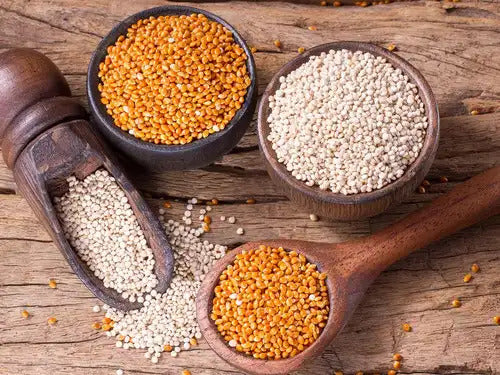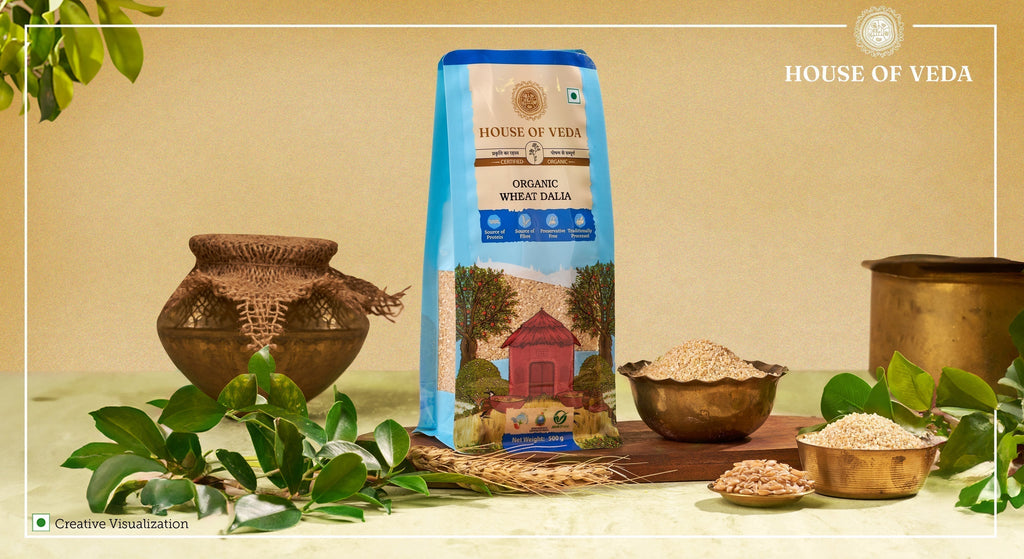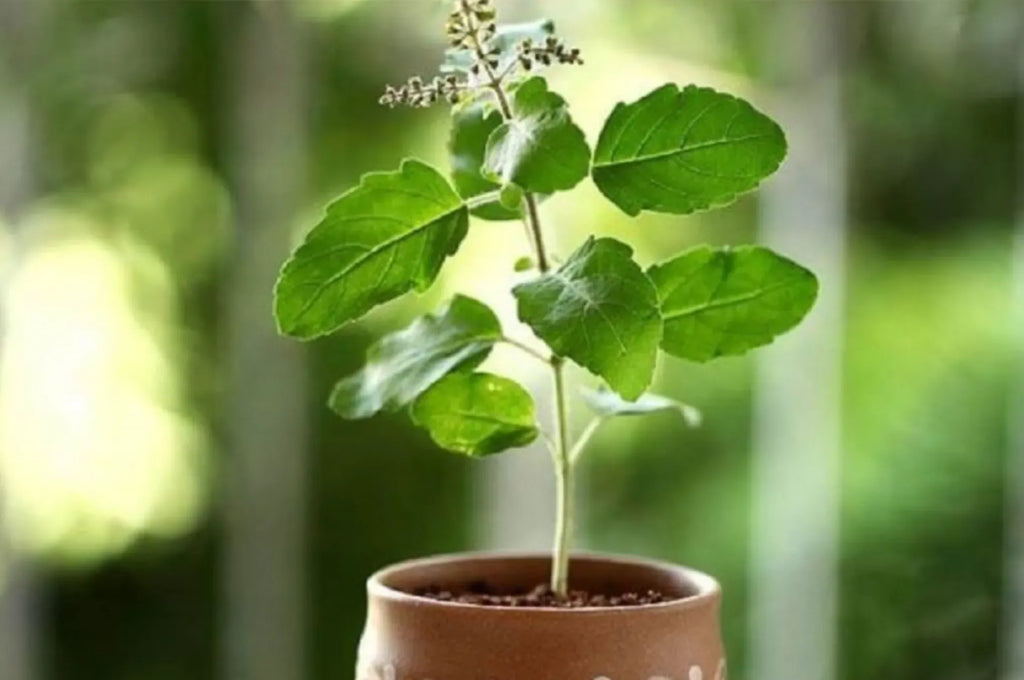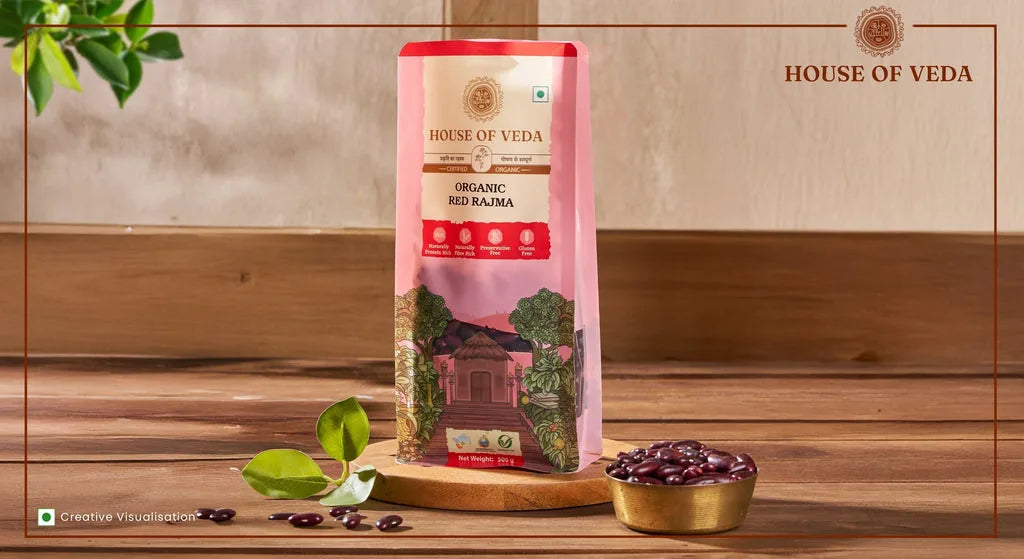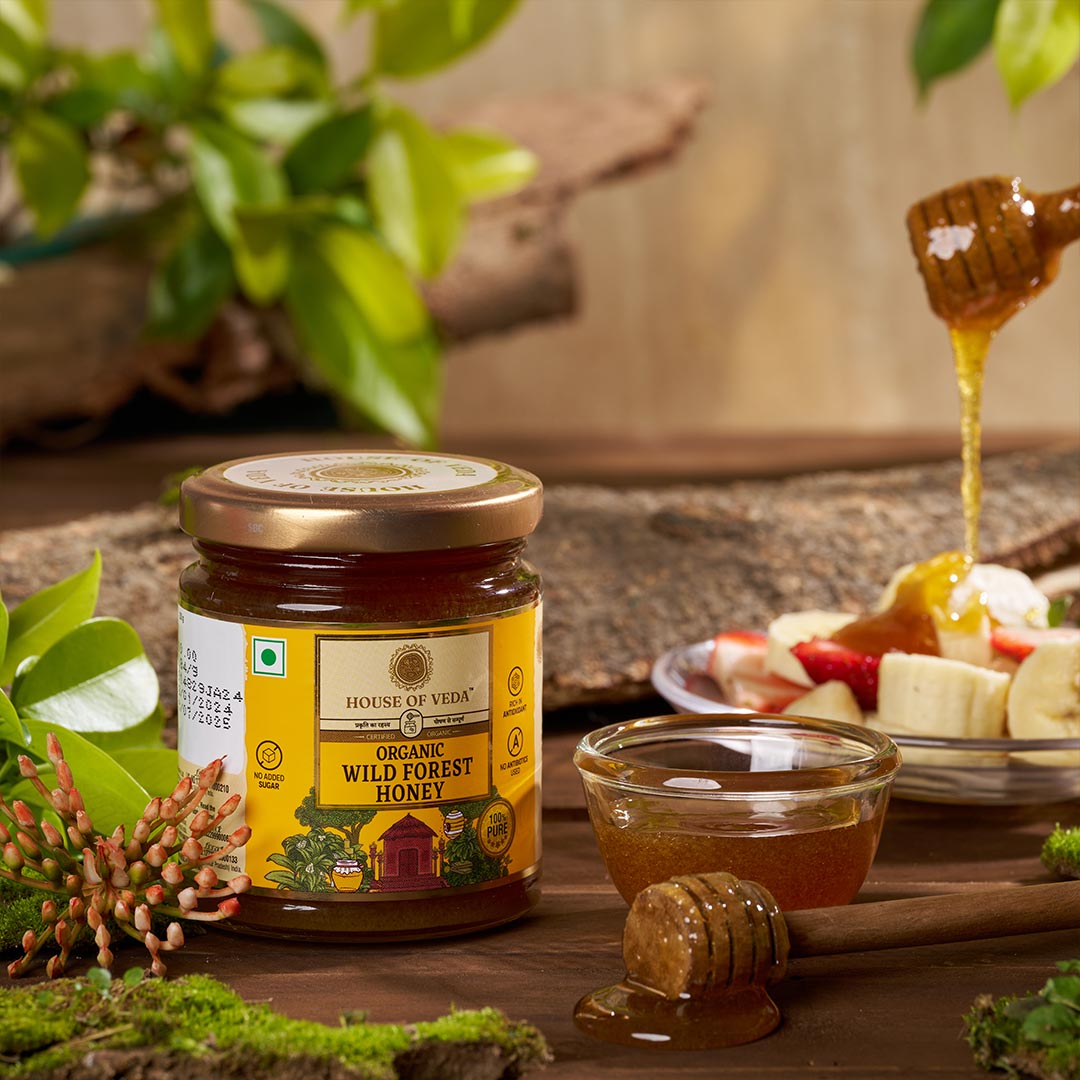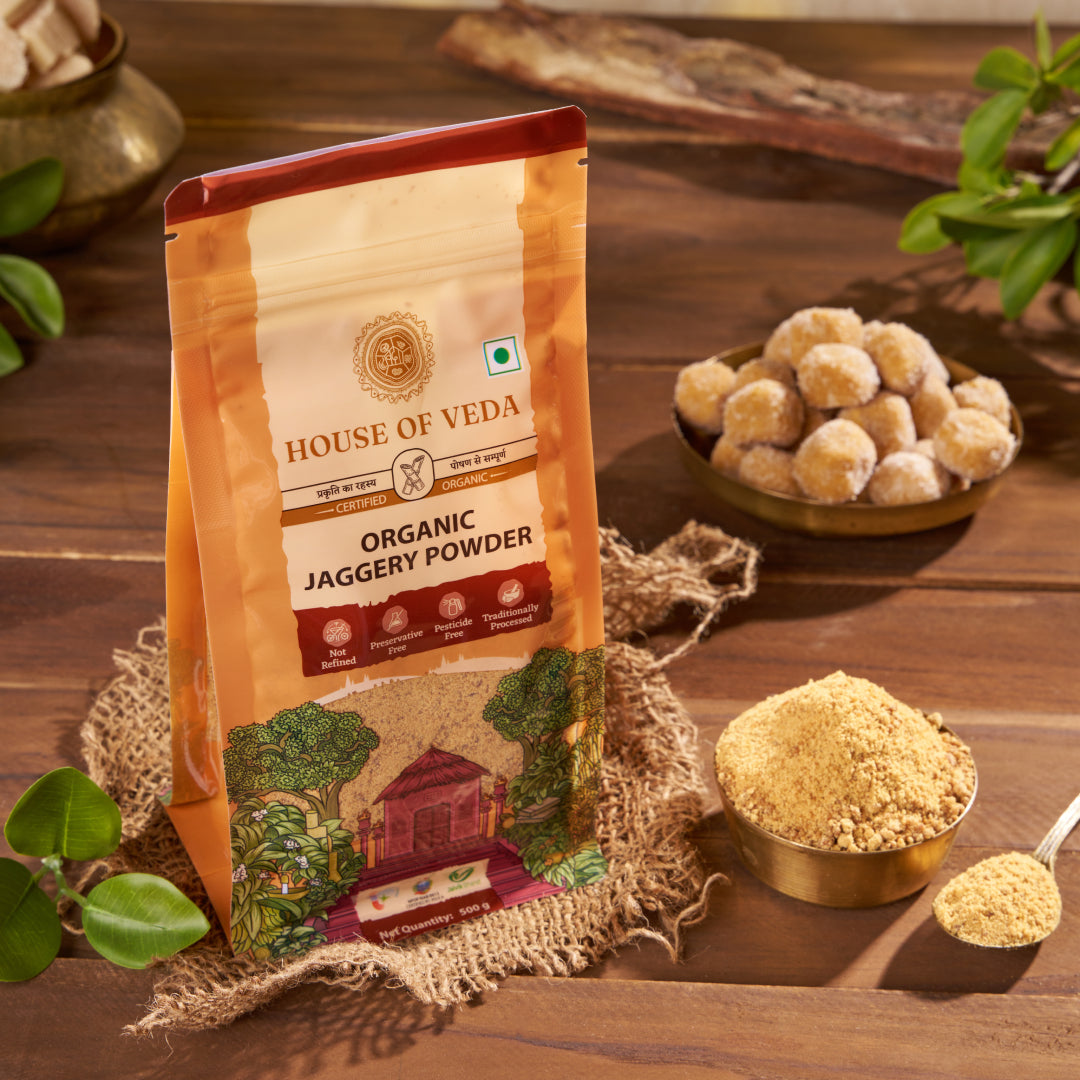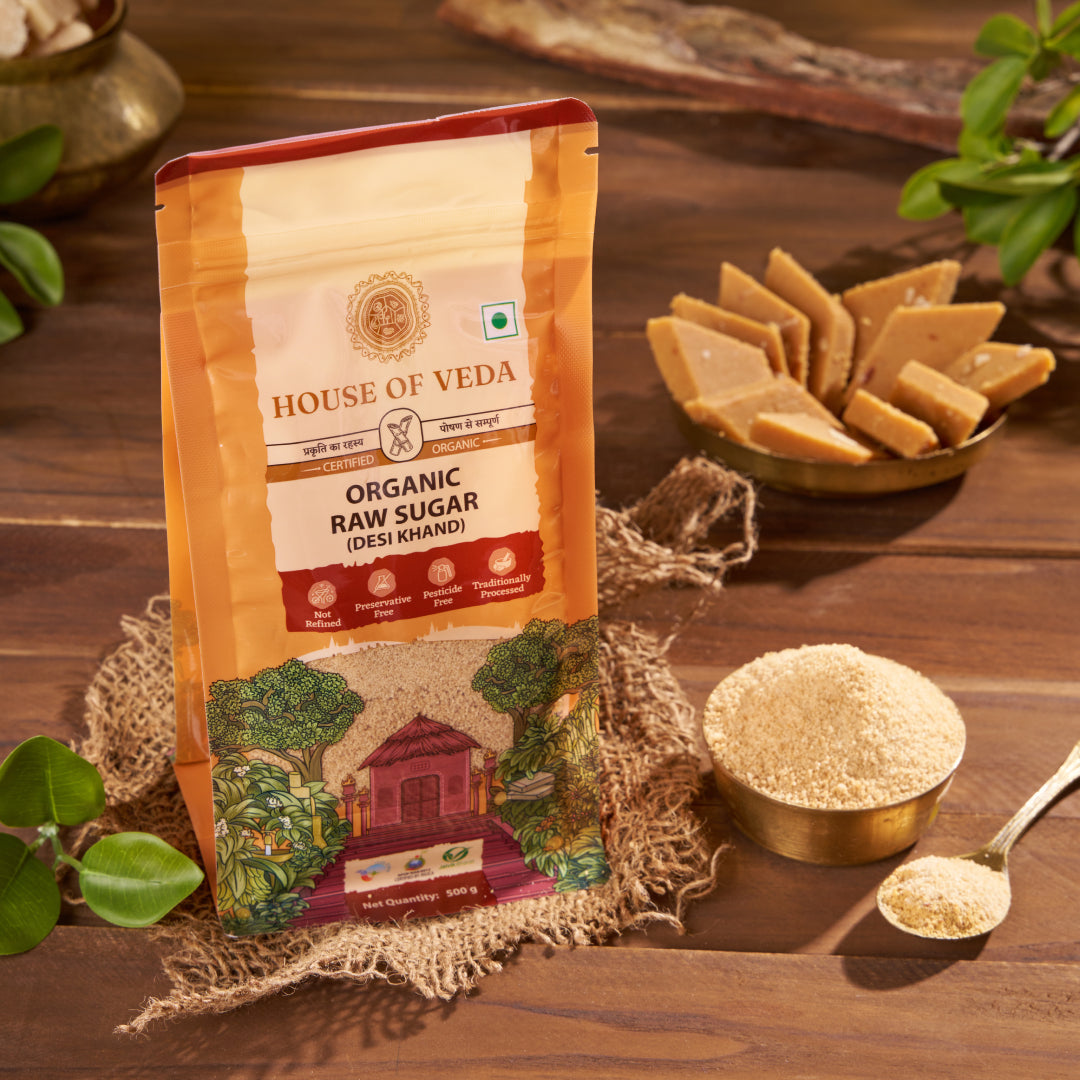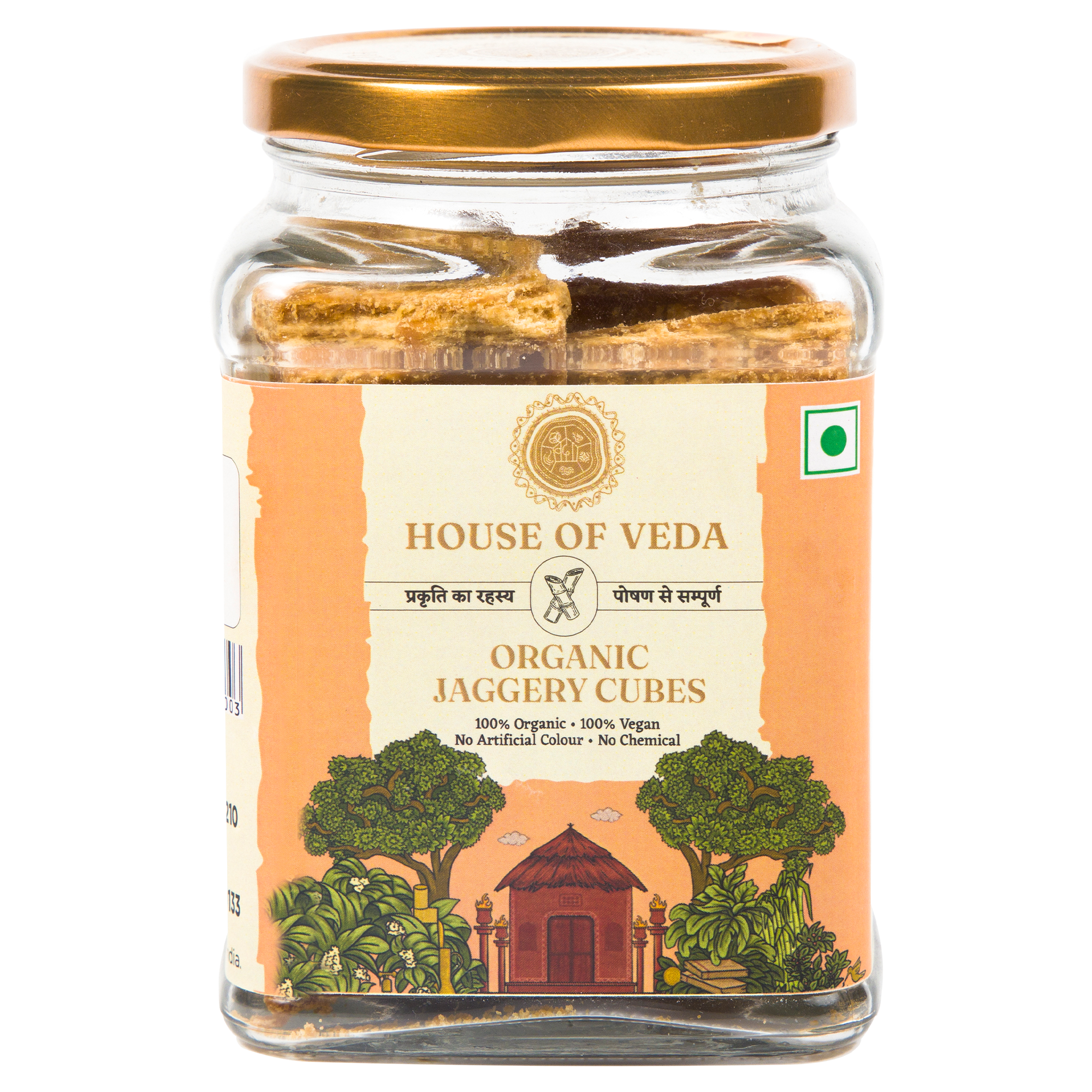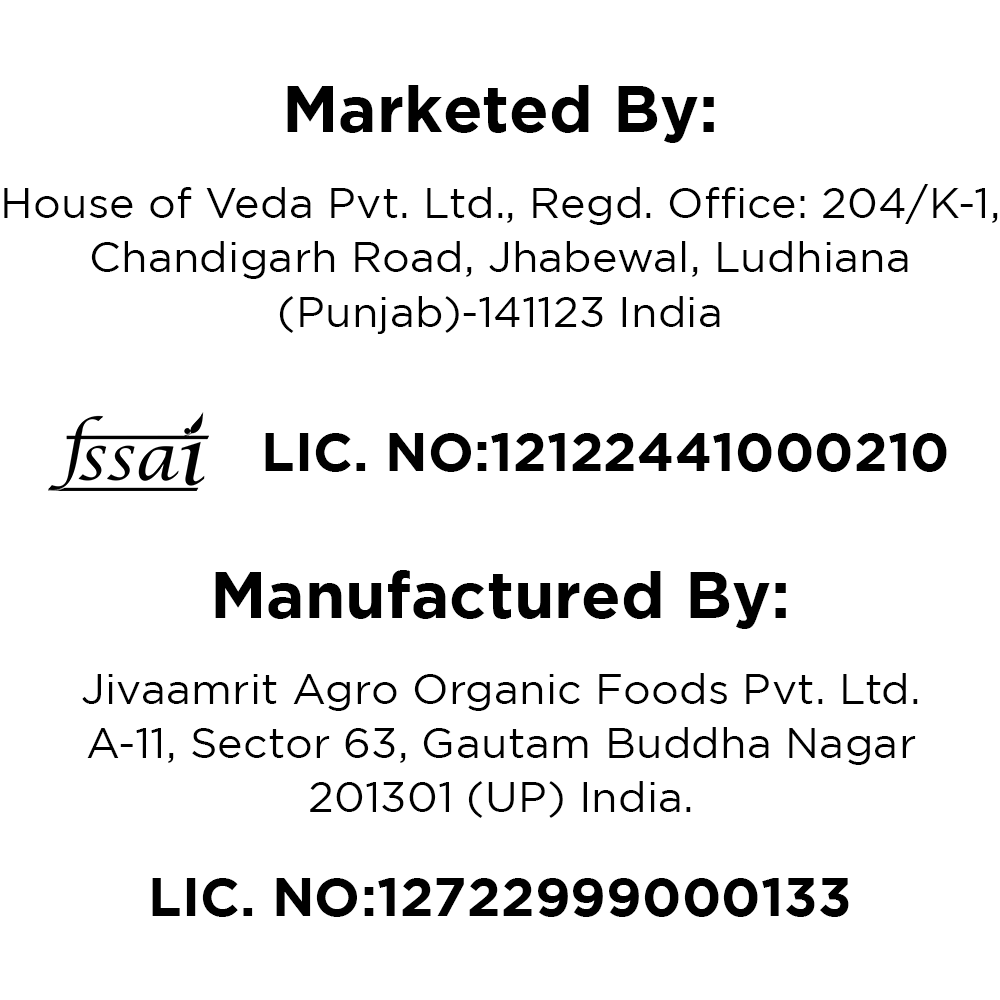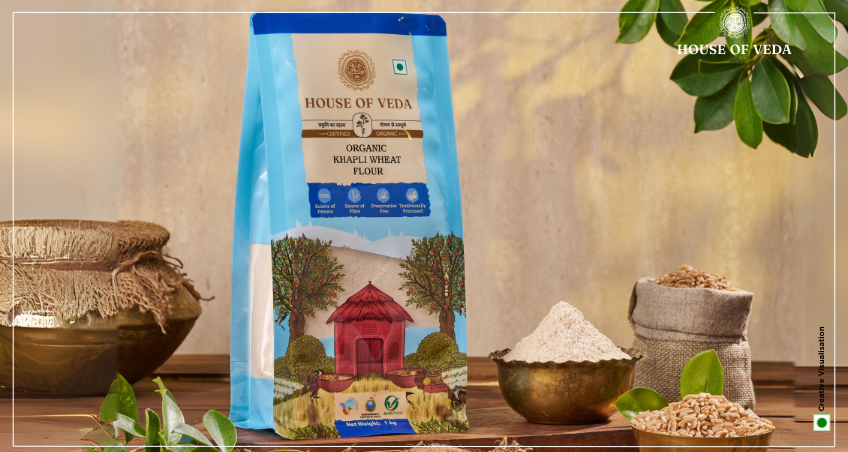
Everything You Need to Know About Organic Khapli Wheat Flour

Introducing the golden grain famous for nourishing civilizations for millennia and making waves in modern kitchens worldwide – Organic Khapli Wheat Flour! Prepare to embark on a journey through the wholesome world of this ancient treasure, where tradition meets nutrition in every golden kernel. From its storied origins to its modern-day health benefits, we're about to uncover everything you need to know about the culinary gem redefining how we bake, cook, and savor the goodness of wholesome grains. Get ready to elevate your culinary adventures and unlock the secrets of this culinary marvel, Khapli Wheat Flour!
What is Khapli Flour?
Khapli flour, called Emmer wheat flour, is a traditional grain flour derived from the ancient Khapli wheat variety. Its history spans thousands of years and is revered for its distinct nutty flavor and rustic texture. Khapli flour is nutritious, offering high fiber, protein, vitamins, and mineral levels. Its wholesome profile makes it a popular choice for health-conscious consumers looking to enhance their diets with natural, unprocessed ingredients. Whether used in traditional Indian recipes or modern baking creations, Khapli flour adds a unique depth of flavor and nutritional value to various dishes.
Nutritional Profile of Khapli Flour
Approximate nutritional comparison of Khapli wheat flour (in 100g)
|
Nutritional Profile |
Khapli wheat flour |
|
Carbohydrate (g) |
68.3 |
|
Protein (g) |
12.5 |
|
Fat (g) |
2.4 |
|
Fiber (g) |
2.7 |
|
Calcium (mg) |
38 |
|
Phosphorous (mg) |
360 |
|
Iron (mg) |
4.7 |
The Health Benefits of Khapli Flour
As you may have understood by now, Khapli flour carries numerous benefits that offer consumers the best health. Below, let us look at some of the most sought-after nutritional highlights.
High in Fibre
Khapli flour is high in fiber due to its unrefined nature and retention of the wheat kernel's bran and germ. These components contain insoluble fiber, which adds bulk to the diet, aids digestion, and promotes bowel regularity. The higher fiber content contributes to a feeling of fullness and supports overall digestive health.
Rich in Antioxidants
Khapli flour is rich in antioxidants due to its natural composition and minimal processing. It contains phytochemicals like phenolic compounds and flavonoids, which have antioxidant properties. These antioxidants help neutralize harmful free radicals in the body, reducing oxidative stress and promoting overall health and well-being.
Rich in Proteins
Khapli flour is rich in proteins due to the high protein content inherent in the Khapli wheat grain. This ancient variety contains a higher proportion of gluten proteins than modern wheat, contributing to its nutritional density. Additionally, Khapli wheat is minimally processed, preserving its natural protein content.
Low-Glycemic Index
Khapli flour has a low glycemic index because of its high fiber and the presence of complex carbohydrates, which inhibit the rate of digestion and nutrient absorption. This results in a steady increase in blood glucose levels, which makes it ideal for managing blood sugar and energy levels.
Boosts overall immunity
Khapli flour boosts overall immunity due to its rich nutritional profile, including high protein levels, fiber, vitamins, and minerals. These nutrients support immune function by promoting the production of antibodies, enhancing cellular defense mechanisms, and maintaining a healthy gut microbiome, which plays a crucial role in the immune response.
Easy Digestion
Khapli wheat has a comparatively lower gluten content and higher fiber content than modern wheat, which makes it easier to digest. Eaten in its whole form, the ancient grain helps with digestion and causes less stress on the gut than other grains, making it suitable for people with mild gluten intolerance or poor digestive systems.
Difference Between Khapli Wheat and Normal Wheat
Khapli wheat differs from normal wheat in its genetic makeup, cultivation, and nutritional profile. It contains higher protein, fiber, and essential nutrients than modern wheat varieties. Additionally, Khapli wheat is more drought-tolerant and resilient, making it well-suited to dry and arid climates. The distinct nutty flavor and rustic texture set it apart in culinary applications, offering a wholesome and flavorful alternative to conventional wheat varieties.
Basic Cooking Techniques with Khapli Flour
Using Khapli flour in cooking may present various options, and understanding fundamental cooking methods will enable you to get the most out of it. Below are some of the most basic cooking methods that can be followed using Khapli flour.
Baking: Khapli flour is ideal for baking breads, cakes, cookies, and pastries. Its nutty taste and firm consistency make food more filling.
Pan-Frying: When mixed with spices or herbs, the flour produces a brown crust whose texture enhances the mouthfeel of the food.
Boiling: Khapli flour can be cooked to prepare thick porridges or dough like roti or chapati, which is popular in India. Adding boiling water to the flour makes it stretchy and pliable enough to form a good dough.
Steaming: Khapli flour dough can be pinched or rolled into dumplings or steamed buns until done. Steaming helps retain the flour's natural flavors and nutrients while producing tender, light textures.
Deep-Frying: Khapli flour can be used to prepare deep-fried foods such as pakoras or bhajis. In this preparation, ingredients are coated with flour batter before frying, resulting in a crispy surface and moist inside.
Sautéing: The flour browning by sautéing boosts its nutty flavor and removes any raw taste.
Try House of Veda Organic Khapli Wheat Flour
Experience the difference and indulge in the finest organic and healthy pure Khapli flour at House of Veda. The organically grown Khapli flour is available here, giving your food the traditional taste with many nutritional values to restore energy every time you have a meal. From traditional Indian rotis made of khapli flour to pastries and other baked products, we offer you all to add taste and health to your food habits. Visit our website to shop today!
FAQs About Organic Khapli Wheat Flour
Is Khapli wheat difficult to digest?
Khapli wheat is often easier to digest compared to modern wheat varieties due to its lower gluten content and higher fiber content.
What is Khapli Atta used for?
Khapli atta is used to make traditional Indian breads like chapatis, rotis, and parathas, as well as baking goods like cookies, cakes, and muffins. It adds a nutty flavor and nutritional boost to various recipes.
What is the other name for Khapli wheat?
The other name for Khapli wheat is Emmer wheat.
Why is Khapli wheat so expensive?
Khapli wheat is relatively expensive due to its lower yield than modern varieties and labor-intensive cultivation process.
Which state is Khapli wheat?
Khapli wheat is primarily cultivated in the state of Maharashtra, India.


